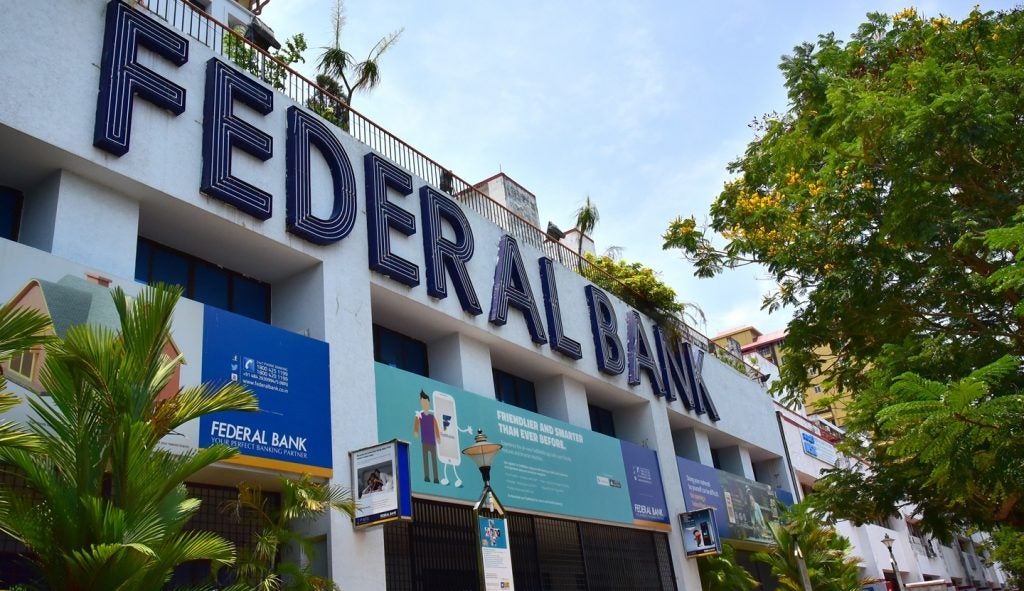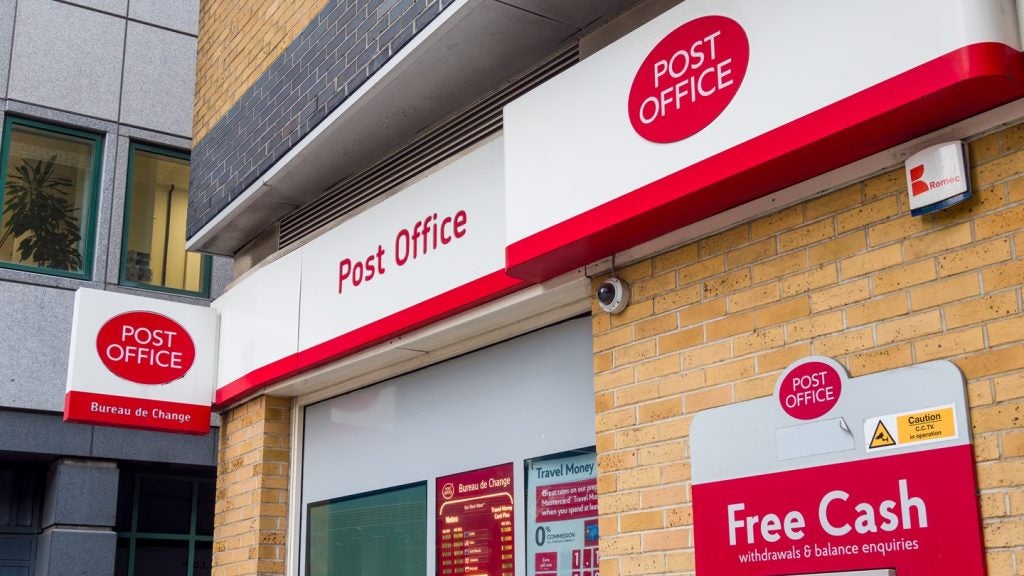US decision management vendor FICO has garnered
extensive experience working with consumer credit firms in more
than 80 countries. Daniel Melo, FICO’s director of pre-sales
consulting for EMEA, discusses how taking the right action at the
right time can mitigate risk while strengthening customer
relations.
 As the economic situation remains unstable, it is no longer
As the economic situation remains unstable, it is no longer
just the large financial houses feeling the pressure. Personal
insolvencies are at record levels, a massive 17.9 per cent higher
than last year alone in the UK, and banks are showing a pessimistic
view of their customers’ ability to repay loans – writing off
£1.6bn ($2.4bn) in the third quarter of 2009 alone.
Rising delinquency rates means competition for
payment intensifies. In order to stay profitable, lenders
need to act earlier in the payment cycle to fend off trouble. The
further a customer falls behind, the less likely you are to be able
to collect on their debt, especially as most customers have other
debt obligations. Minimising write-offs will therefore be an
important priority for organisations whose balance sheets are
taking a significant bruising from all angles.
An effective approach can be to adopt a more
proactive range of pre-delinquency treatments to assist responsible
consumers beset by economic circumstance in making continued
payments, while reducing exposures from high-risk customers likely
to write-off no matter what treatment is proffered.
However, a more aggressive approach is not the
sort of thing customers generally take kindly to. This is
especially true at the moment as the financial crisis has left
consumers mistrustful of their banks and the industry in
general.

US Tariffs are shifting - will you react or anticipate?
Don’t let policy changes catch you off guard. Stay proactive with real-time data and expert analysis.
By GlobalDataMaking direct contact with a customer to
highlight their looming insolvency is not something that should be
done lightly. Some consumers perceive such contacts as intrusive
over-reaction. More distressingly, pre-delinquency contact can
become a self-fulfilling prophecy of risk, as consumers may react
with panic, seek insolvency protections, or rebel by reducing or
stopping payments altogether.
Consider the approach
So how should retail creditors approach
this sensitive area of customer relationship management? A
successful pre-delinquency strategy must be precisely targeted so
it is only applied where it is needed, and with a response
proportional to the degree of risk present.
To make these identifications, lenders cannot
simply rely on event triggers, such as days late on a payment.
After all, in some markets, as many as 25% of card accounts are
late on any given day, and in this stressed economy that percentage
can swell much higher.
Additional means, such as predictive analytics,
are needed to differentiate customers with rising risk from others
who may have paid late because of temporary factors such as travel,
purchase disputes or misdirected statements.
The factors taken into account when making
these analyses will vary depending on the amount and type of data
available and the credit product in focus, but can include credit
bureau scores, lender-generated behaviour risk scores, transaction
scores and details, balance amounts, habitual delinquency indices
and balance building patterns and the individual customer’s recent
activity.
Having identified the individuals in need of
pre-delinquency treatment, action needs to be taken within an
appropriate time frame and context – although in most cases this
still does not mean making direct contact with the customer.
Lenders may choose to implement unobtrusive
automated account monitoring or to take measures that encourage
customers to self-correct or initiate contact themselves. Such
measures position the organisation as a friendly, educational
lender and so help maintain a good relationship with the
customer.
Accounts with the highest risk should be
reviewed with the understanding they are very likely to become
delinquent or require adverse action. These are the cases where the
best pre-delinquency treatment may actually be to accelerate a
collections-like contact or may force seeking of insolvency
protection.
Calls should be made by collections
professionals with particular training in pre-delinquency actions
and strong negotiation skills, and such professionals should be
empowered to consider alternate payment arrangements and
settlements to expedite handling of the debt.
Keeping these interactions consistent across
the functional areas of the business is essential if customers are
to remain engaged throughout this process. All accounts identified
for pre-delinquency treatment should be flagged in customer service
so that whenever one of these customers initiates contact, a
systematic effort is made to update their contact information and
to proactively address the customer’s needs. Customers should also
be asked for their contact preferences (e-mail, SMS, mobile phone)
in order to keep interactions as smooth as possible for them.
Far-reaching results
By implementing a revised collections and
recovery or pre-delinquency approach, banks can expect to generate
significant advantages for themselves, such as:
- Reducing risk exposure: By engaging with
customers early, it is possible to help them avoid going into bad
debt entirely, keeping them profitable accounts and therefore
eliminating the risk of write-off and loss of revenue; - Gaining effective collections and
recovery; - Enhancing the customer experience,
and - Gaining a competitive advantage: By
offering proactive assistance and education, financial institutions
can add value and come to be relied upon as a trusted consultant in
their customers’ banking lives.








